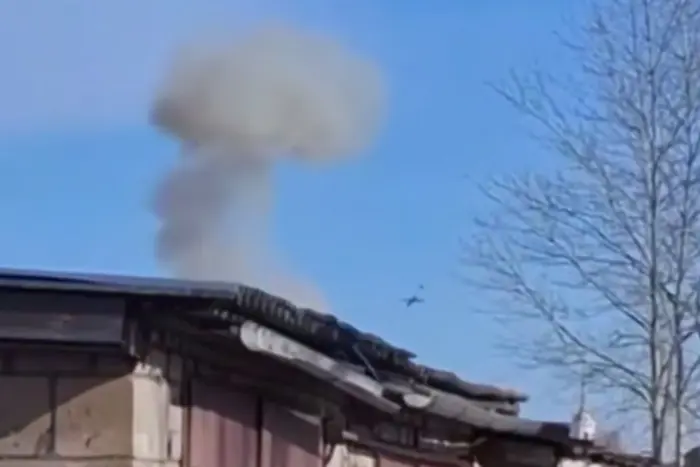Revenge for Sumy. Drones attacked the Ivanovo region of the Russian Federation (video).


In the city of Shuya in the Ivanovo region of the Russian Federation, a series of explosions occurred on the morning of April 16. According to Russian media reports, drones attacked the 112th Guards Rocket Brigade of the RF Armed Forces, which had launched ballistic missiles at Sumy. This was reported by 'Glavkom'.
Local residents report that several streets in the city have been blocked. Details regarding the consequences of the attack are currently absent.
In Shuya, Ivanovo region, explosions are heard in the area of the 112th Rocket Brigade's base Partial evacuation is taking place in the city. Online reports mention at least 10 impact sites.
It is noted that the 112th brigade is armed with Iskander-M operational-tactical missile systems.
It should be reminded that on April 13, Sumy was attacked with ballistic missiles. As a result of the missile strike, more than 30 people died and over 100 were injured. The responsibility for this attack is attributed to the 112th and 448th rocket brigades of the RF Armed Forces. It was the 112th brigade that previously attacked the village of Groza in the Kharkiv region.
The Ministry of Defense of Russia stated that overnight, more than 100 drones attacked Russia. Propagandists claim that the Russian air defense destroyed 115 Ukrainian drones that night. It is noted that 109 drones were shot down over the Kursk region, and one each over the Voronezh, Moscow region, Bryansk, and Oryol regions.
Read also
- Rain will retreat: Hydro-meteorological center pleased residents of Kyiv region with weather forecast
- Massive blackout in Spain on April 28: reason identified
- Poland notes GPS signal interruptions over the Baltic Sea: suspects Russia
- Rain and Cooling Coming to Ukraine
- Foster Care Works: 650 Children Remain in Families Instead of Orphanages
- The USA resumes detention of all migrants without exception – Washington Post










